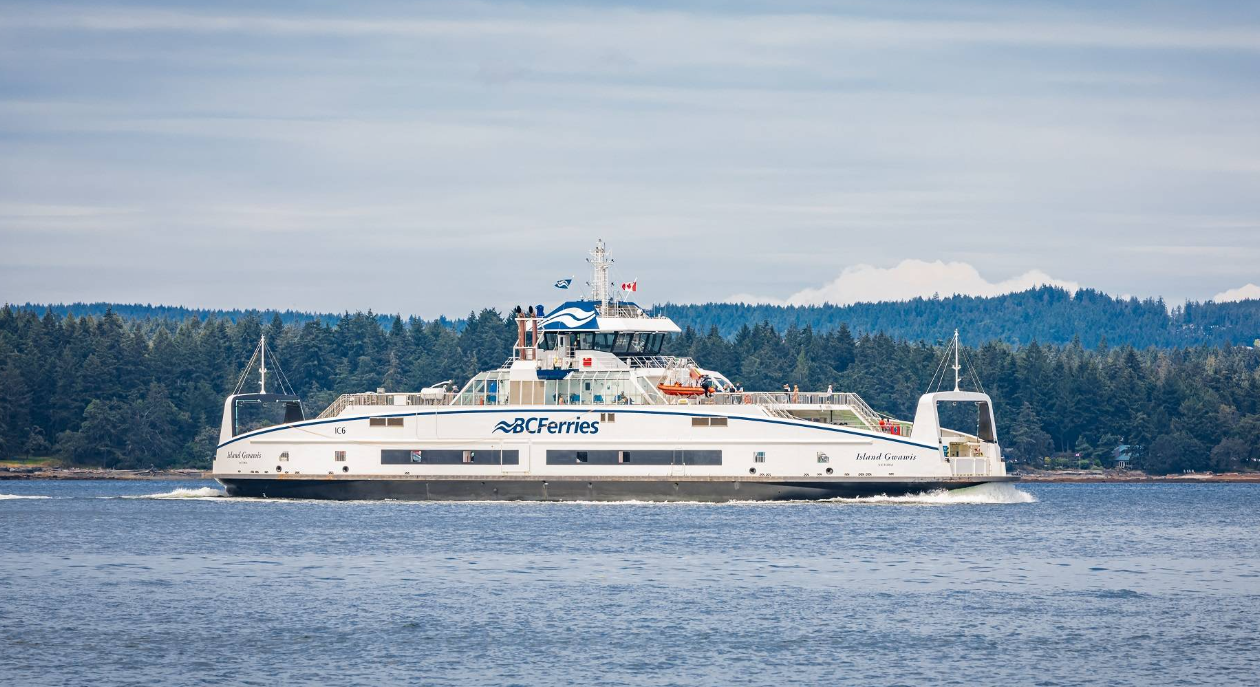Canada’s BC Ferries announced Dutch shipbuilding conglomerate Damen Shipyards Group has been selected to build its four new hybrid electric Island Class vessels.

Damen, the same shipbuilder that built BC Ferries’ previous six Island Class ferries between 2020 and 2022, will construct the vessels in Romania, after its bid was selected from among several proposals received from around the world. No Canadian companies bid for the build program, BC Ferries said.
The agreement is a design-build, fixed-priced contract that provides BC Ferries with “substantial” guarantees related to delivery dates, performance criteria, cost certainty and quality construction, the company added.
Slated to enter service by 2027 on the routes connecting Nanaimo Harbor and Gabriola Island (two vessels) and Campbell River and Quadra Island (two vessels), each of the newbuilds will carry at least 47 vehicles and up to 390 passengers and crew.
BC Ferries said it plans to operate the new vessels exclusively in battery-electric mode, using renewable BC Hydro electricity. Through a separate contract, BC Ferries will also initiate corresponding electrical upgrades for shore-based rapid charging at the four terminals on these routes, in time for ship delivery.
“The new hybrid electric vessels will further standardize our fleet, both increasing capacity and improving our flexibility to move ships across routes so our passengers can have confidence that we’ll get them where they need to go,” said Nicolas Jimenez, BC Ferries’ President and CEO. “Adding more Island Class vessels will also make it easier to deploy crew, create efficiencies in training costs, and promote safe, reliable and environmentally conscious ferry services up and down the coast.”
“We are super excited and extremely pleased with the award of four more Island Class type vessels for BC Ferries,” said Leo Postma, Damen’s Area Director Americas. “We have teamed up with the technical staff of BC Ferries now for seven years and together we developed a very efficient series of 10 ferries in total that meet all of the future requirements of safe, reliable and sustainable waterborne public transport.”


